If you’ve been following this website for any length of time, you’ve heard me say over and over again that there’s always more to do as a prepper. More skills to learn, more supplies to get, more gear that can help you cover a vulnerability.
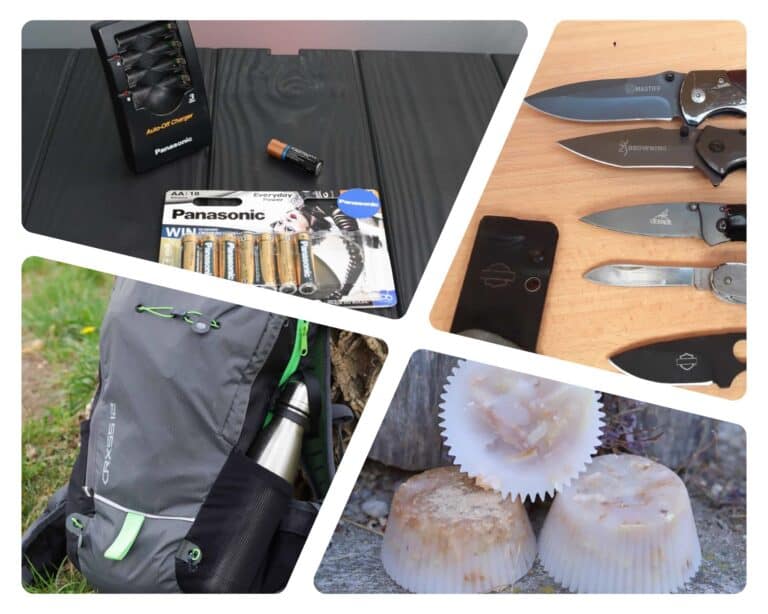
And I stand by that. Complacency is a killer. But as time has gone on, I have noticed that the return on some items just isn’t there over time. Whether it’s a failure point in our planning or just a critical oversight, continuing to buy certain things is only going to set you back.
It’s time to take stock and change your ways if you keep buying, or are thinking about buying, the following items.
Bottled Water
Let’s go on and get my biggest blasphemy out of the way, and we will save the others for the end. How, after all this time, can I tell people to stop buying bottled water!? Water that is so crucially important to survival, no matter the situation?
Okay, bear with me, and I thank you for putting down those pitchforks and torches for a moment…
Yes, water is absolutely essential no matter the survival situation. It might be nothing more than a prolonged power outage in your town, and that could be enough to make the water in your tap undrinkable due to contamination. No arguments—you’ve got to have water.
But I’m telling you specifically to stop buying bottled water, including multipacks or larger gallon jugs
Here’s why: the containers themselves have gotten thinner and thinner and cheaper and cheaper over the years. They are highly prone to leaking even when they aren’t damaged. Ask me how I know…
These past few years, I’ve had several stored cases of water and larger milk jug-type containers spontaneously leak. And different brands.
They just don’t hold up, and aside from the obvious risk of flooding and damaging your storage location and other goods, once the container is compromised, you can’t trust the water.
Instead of going with bottled water, invest in proper long-term storage containers. This will let you store and easily draw water just the same, but it’s going to save you a ton of money in the long run and dramatically reduce the likelihood of leaks.
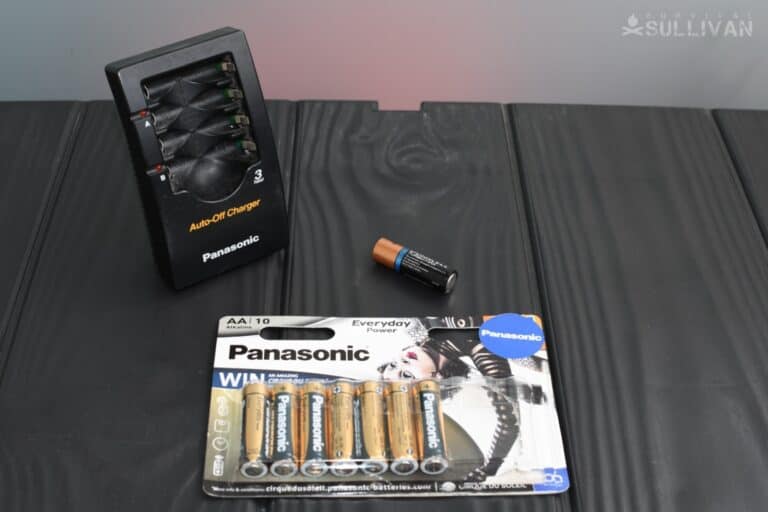
eight alkaline AA batteries and charger
Alkaline Batteries
Batteries are another item that all preppers have to have. Or I guess you’ve got to have them if you’ve got flashlights, lanterns, and a bunch of other electronic goodies on hand.
I, like many other experts in the sector, constantly harp on my readers to check and rotate their batteries regularly. That’s because batteries, particularly alkaline ones, slowly lose their charge over time, even when not in use.
Another trend I’ve noticed is that alkaline batteries have started going bad quicker than ever. Like everything else today, it’s probably because the economy has these companies cutting corners, and that means you are spending more for less run time.
Considering that most of us won’t even use our battery-powered devices often enough to go through our old stock of batteries, that money is going straight into the trash.
But there’s a solution: spend a little more upfront to buy lithium versions of the standard sizes you need to keep on hand.
Lithium batteries experience less loss over time compared to alkalines, roughly only 10%. This means you don’t have to worry about rotating them nearly as often, and you won’t waste as many. That’s money in the bank!
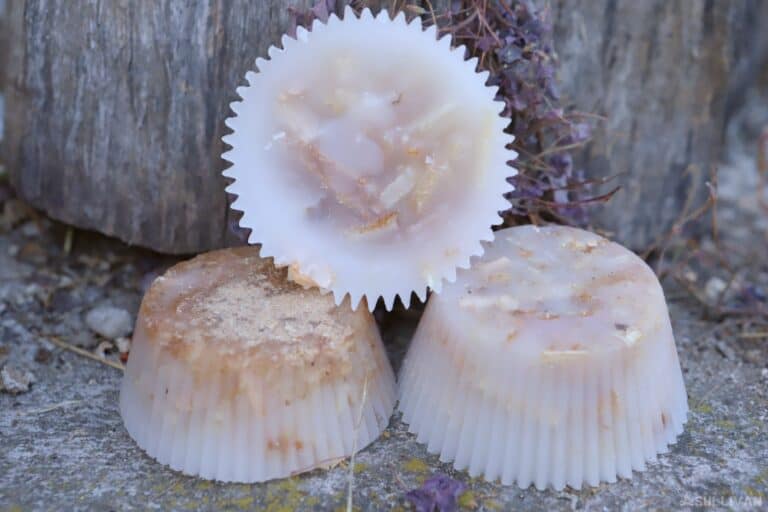
These fire starters work well as kindling for minutes on end. They won’t work well as tinder to actually start your fire, though…
Pre-Made Tinder
This one is just plain wasteful. There is no reason, and I mean none, to buy any expensive, overpriced pre-made tinder from the outdoor store.
This stuff might work, it might be the best stuff going for fire starting, but it’s still wasteful. That’s because there are so many free or nearly free alternatives in your home right now.
Dryer lint, Vaseline-soaked cotton balls, strips of rubber, and even corn chips will all burn furiously and are very easy to carry in a Ziploc bag or other waterproof container.
If you really want to get fancy, you can make excellent fire starters from sawdust and candle wax. There are many more options besides, and all will save you a small fortune.
The one exception to this rule is if you need fire starters for damp and wet conditions. Some of them, like Black Beard brand fire starters, are utterly waterproof and will even ignite floating in the water! Other than that, don’t bother.
Body Armor
This is another item that’s bound to piss off the tacti-bros. I know more than a few preppers who’ve spent a fortune on body armor, specifically big, bulky level IV getups that are proof against multiple rounds of rifle fire.
Great capability, right? Who wouldn’t want that kind of protection? The problem arises in that people buying this stuff aren’t considering their tactical situation, or even their personal survival plans.
Armor of this type is immensely heavy and impossible to conceal, to say nothing of it being very expensive. If you plan on wearing this kind of kit and hauling a bug-out bag, or even a modest backpack, you are going to tire out very quickly, especially if you are in rough or mountainous terrain.
You can make a much better case for lighter body armor that will be proof against handgun rounds, the most common threat you are likely to face. But even then, I would prioritize many other things over body armor for general-purpose survival readiness.
Waterproof Containers
Specialized waterproof containers come in really handy for the most sensitive, delicate, or important items. I’ve found that they are most crucial for protecting a stash of electronics, currency, seeds, or documents from flooding.
Even if they are in the basement of your home, these containers will float and keep whatever is inside safe. Used in this way, they are worth the investment.
But preppers go overboard with them, buying them for everything that’s going into their bug-out bag, go-bag, and so on. Aside from being extremely costly, these bulky containers gobble up space wherever you are packing them because they tend to be oversized.
On top of it all, for nearly any situation, a common dry bag or gallon-sized Ziploc freezer bag is more than adequate for protecting gear from water. Adequate, and also way cheaper!
It’s easy to get addicted to the idea of waterproofing absolutely everything, but save the mega-duty containers for situations that really call for them.
Pre-Made First-Aid Kits
Yet another mainstay of prepping, and an item that I preach about constantly, that I am now telling people to stop buying. I can hear the screeching from my house!
Once again, if you’ll hold off on burning me at the stake for just one second, I’ll explain myself. Yes, you absolutely have to have first aid kits. Yes, you’ve got to have the training necessary to make use of them. But buying most prepacked first-aid kits is just a waste.
You’ll pay a lot more for items that you could purchase à la carte. And if you’ve got training, you should be packing your own first-aid kits based on your level of expertise and the needs of your family.
Not for nothing, consider that many of these first-aid kits you’ll buy have a small handful of big-ticket, critical items inside, and then dozens of adhesive bandages, rolls of first-aid tape, alcohol swabs, bug bite sticks, and more. Those things cost pennies when purchased separately.
As the saying goes, roll your own.
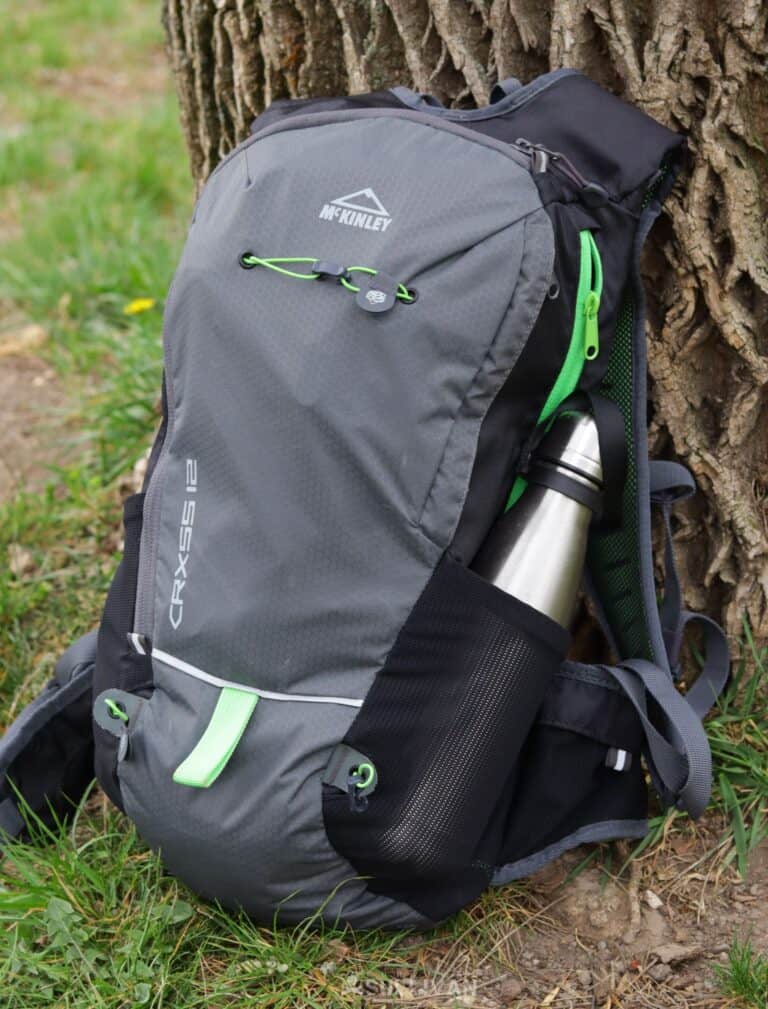
grey backpack with stainless steel water bottle on side pocket
Huge Backpacks
Every prepper should have a pack fully loaded with supplies, gear, and any needed items to help them sustain during a crisis.
Whether it is a get-home bag that will help you get back home when you are stranded out in the world, or a bonafide bug-out bag that you can throw in the car when getting your family out of dodge.
This is considered a mainstay of prepping for a reason, and even if you’re bugging in, having your most critical items close at hand makes life easier when time is short.
However, you can go too far. I know the natural tendency is to buy the biggest, beefiest backpack you can so you have more room for more gear. Especially if the worst happens and you’ve got to bug out on foot, you want to bring everything plus the kitchen sink with you.
And that’s the rub: these packs encourage that type of mentality when you should be thinking of going as light, lean, and mobile as possible. Weight is a huge issue, and even if you are very fit, it is not something to overlook. If you aren’t fit, it will kill you.
If your chosen backpack looks like it’s ready to tackle Mount Everest and rides on a frame, you are probably overdoing it.
Freezers
Freezing food is indeed one of the best ways to preserve it. Nearly anything can be frozen and maintain its quality. This makes freezers a wonderful part of a working household during normal times.
Emphasis on normal times; in tough times, like the aftermath of a major disaster or a societal collapse, the power grid is going to be unreliable at best or completely offline more likely.
That means you’ve got to supply the power to keep your freezer running, and freezers are among the most power-hungry appliances there are. Accordingly, investing in large freezers, or multiple freezers, is setting yourself up for a heinous logistical problem.
When it turns out that you’re unable to keep them running, you’re going to lose a ton of food that you’re counting on, and you’ll have very little time to start eating it all before it spoils and goes to waste. Major bummer!
And before you bring it up, yes, it’s possible to run multiple freezers on a rotation to keep them at a suitably safe temperature and reduce impact on your fuel supply, but this is also a ton of extra work and you might not have the manpower.
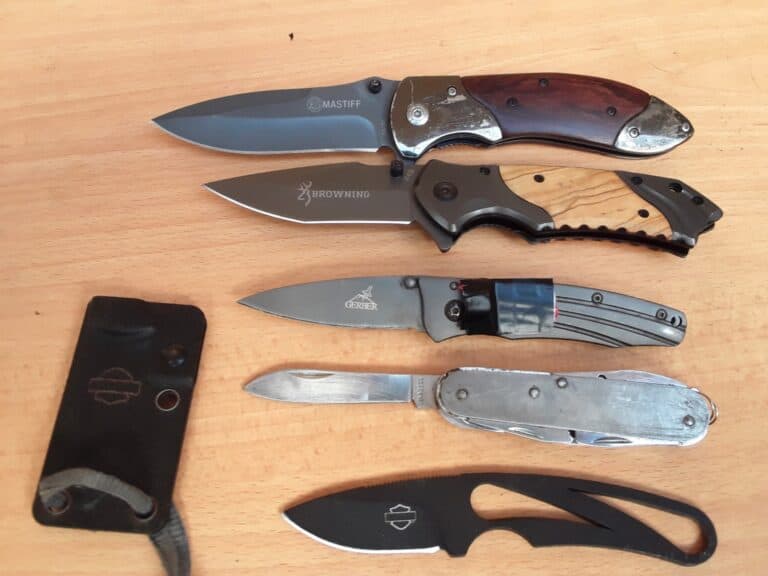
Mastiff Browning Gerber and a few no-name EDC knives
Boutique Survival Knives
Every prepper needs a good knife. A trusty fixed-blade knife should be your constant companion on your travels. That’s because, from this most fundamental tool, you can get or make almost everything else you need to survive if you’ve got the skills.
Survival knives have a sort of mythic quality to them that leads people to spend exorbitant amounts of money on supernaturally good steel or a design that is made by a highly regarded knife maker.
If you love knives and have money to burn, be my guest, but dropping $400 or $500 on a bespoke knife when a $150 factory-produced version will do just as well seems like lunacy to me.
By all means, get a knife that will hold up to abuse, stay sharp, and be easy to sharpen, but don’t overspend on prestige, even if you are a blade aficionado.
Ammo
The last and, to some, chiefest of my blasphemies. Folks, some of you are just spending way too much money on ammo.
Here’s my case for it. Number one, if you are buying ammo to the exclusion of food, water, training, clothing, shelter supplies, tools, and other gear that you need to be a holistic and well-rounded prepper, you are wrong. You can’t eat bullets, as it turns out.
Number two, ammo is incredibly heavy for its size on account of all the lead. Having a massive stash that will take up all of your room in a vehicle is foolish if you’re going to be leaving most of it behind. Furthermore, how much ammo can you yourself carry?
Number three, ammo is very expensive and is going to stay that way. You’ve got to have it, but you have to prioritize it against financial necessities in other sectors.
So how much ammo should you have on hand? I recommend you have a thousand rounds for each primary firearm you own and will depend on for survival purposes in an untouchable bad-times reserve.
In addition to this, keep on hand enough ammo to sustain your usual practice with your firearm, including any training classes you have signed up for. If you can’t keep your skills sharp, it’s not going to do you much good anyway.
Then, as you use your ammo for practice or training, replace it. That’s all you need unless the world well and truly comes to an end.
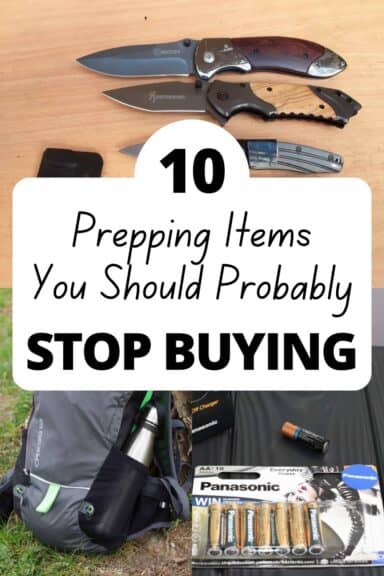
The post Top 10 Prepping Items You Should Probably Stop Buying appeared first on Survival Sullivan.
By: Tom Marlowe
Title: Top 10 Prepping Items You Should Probably Stop Buying
Sourced From: www.survivalsullivan.com/survival-items-to-stop-buying/
Published Date: Thu, 17 Oct 2024 12:36:07 +0000
------------------------
Did you miss our previous article...
https://bushcrafttips.com/bushcraft-news/haley-strategics-lowvisibility-thorax-incog
 What is BushcraftSurvival SkillsToolsVideosBushcraft CampsBushcraft KitsBushcraft ProjectsPrivacy PolicyTerms And Conditions
What is BushcraftSurvival SkillsToolsVideosBushcraft CampsBushcraft KitsBushcraft ProjectsPrivacy PolicyTerms And Conditions
